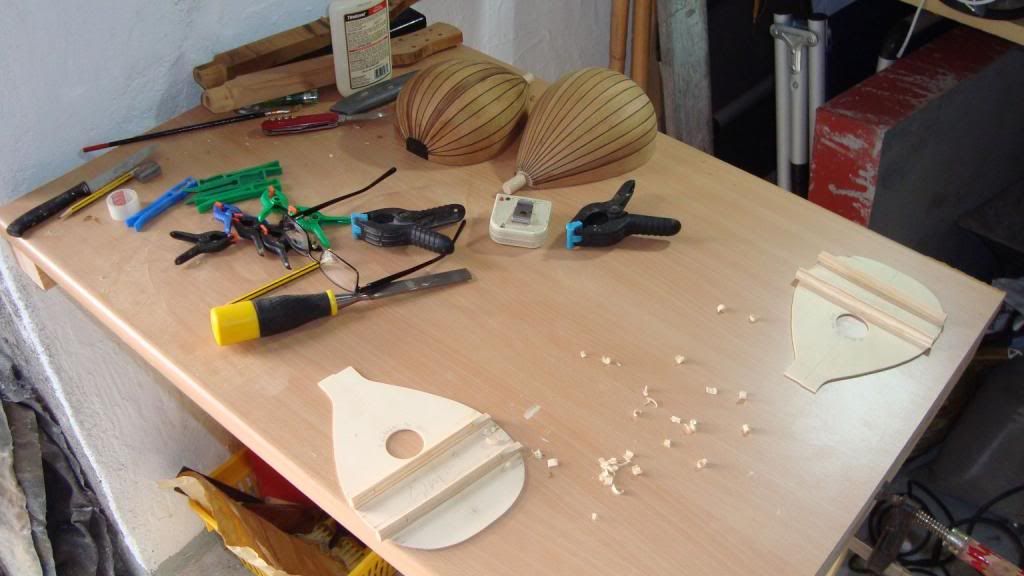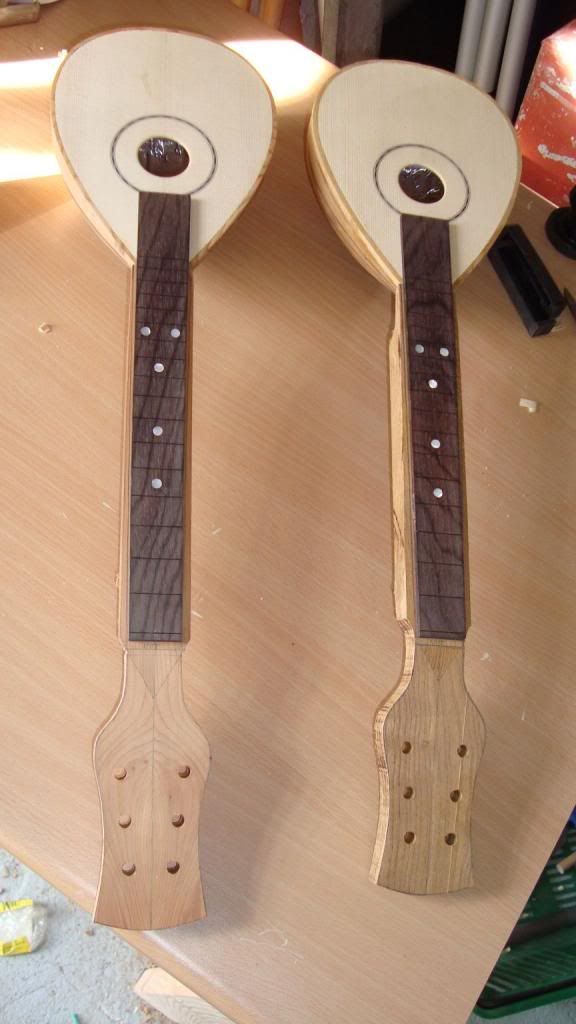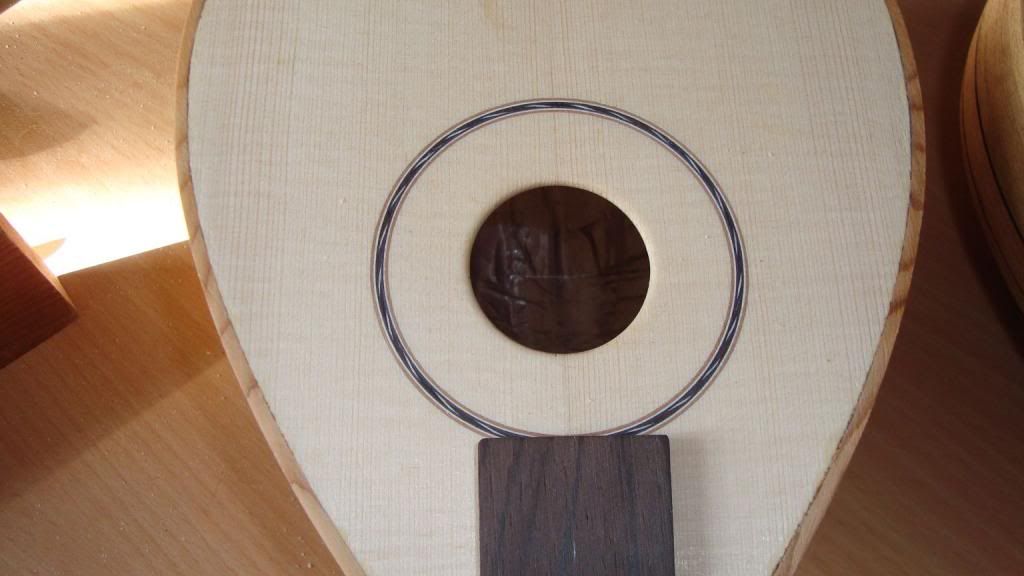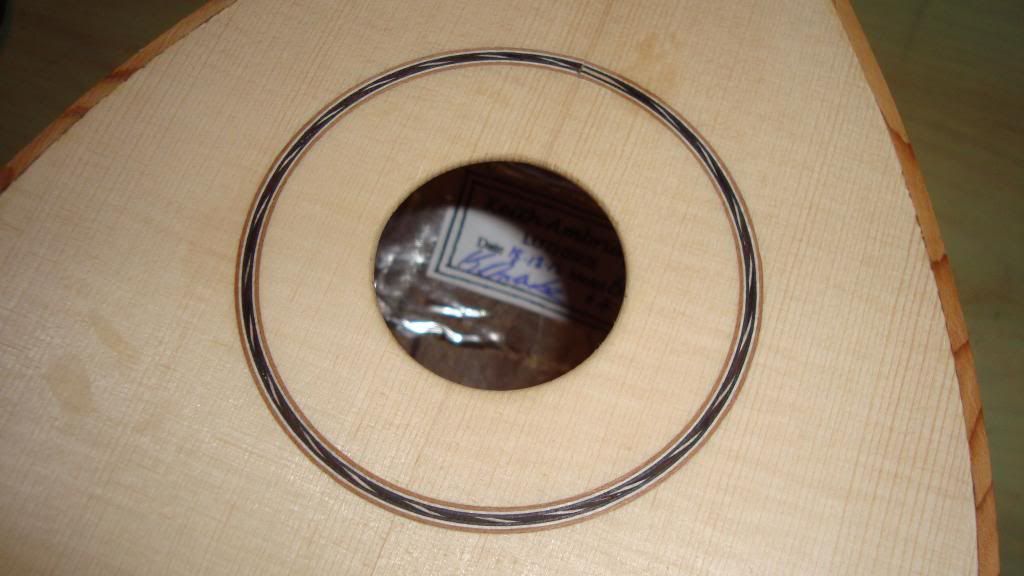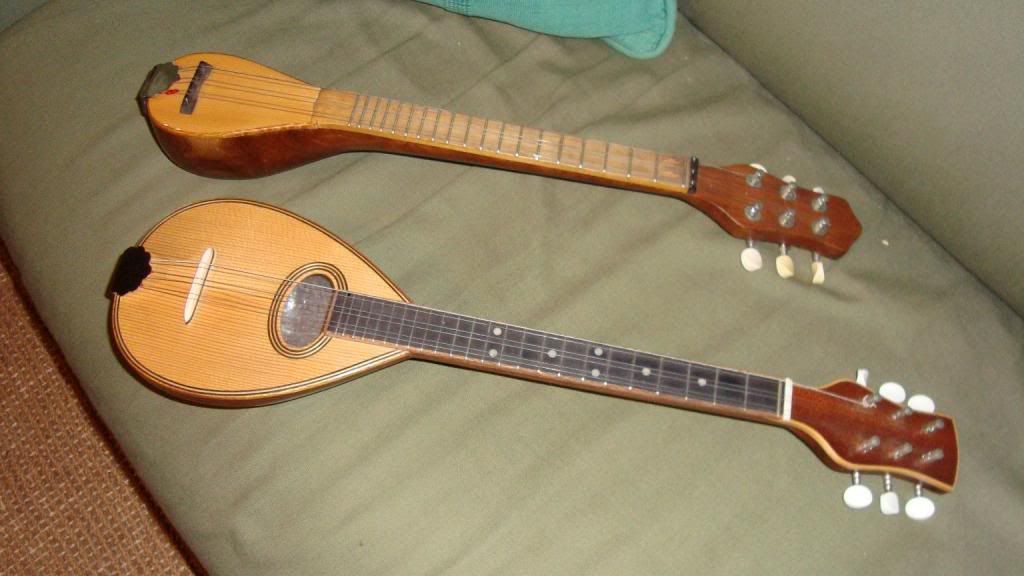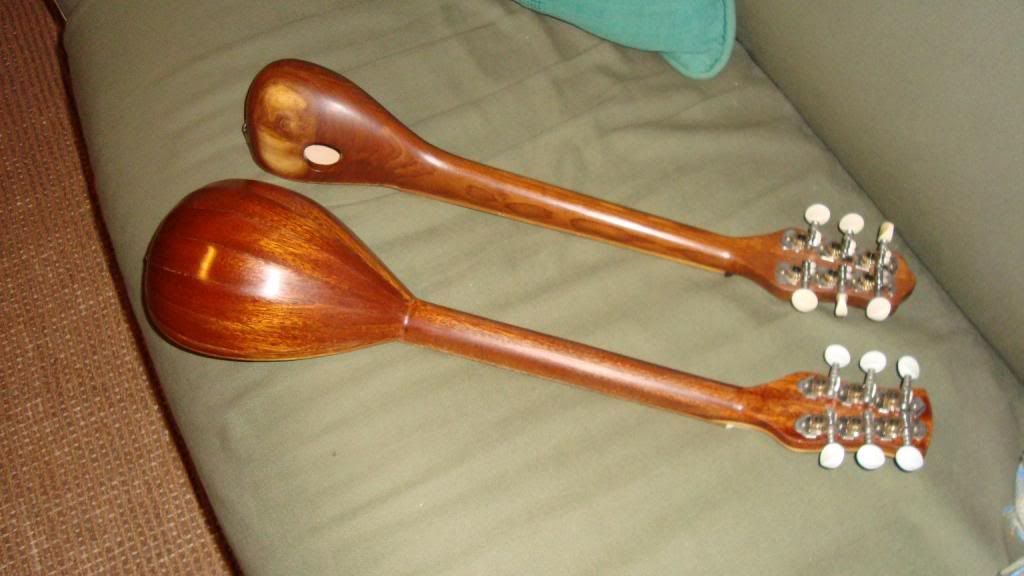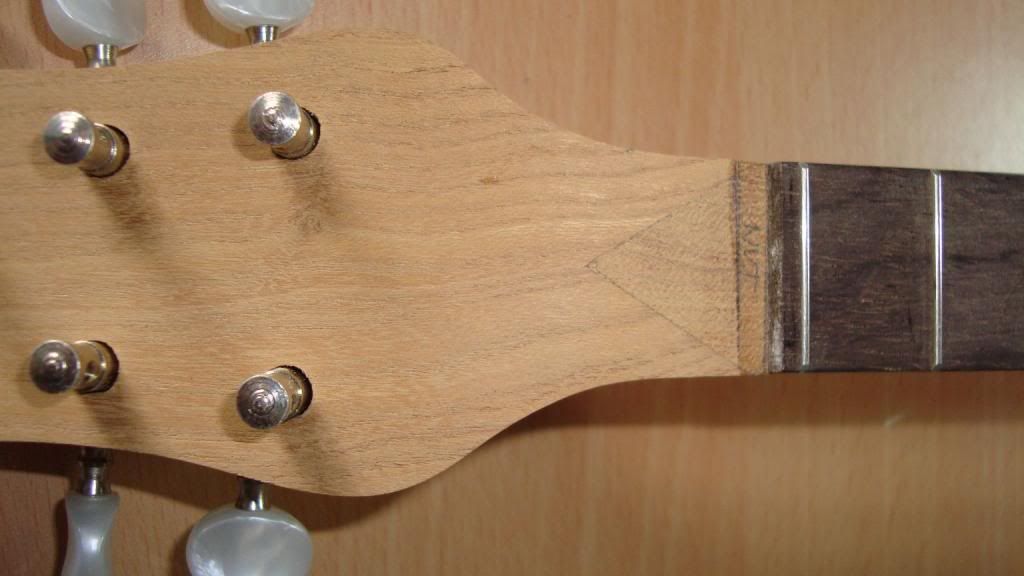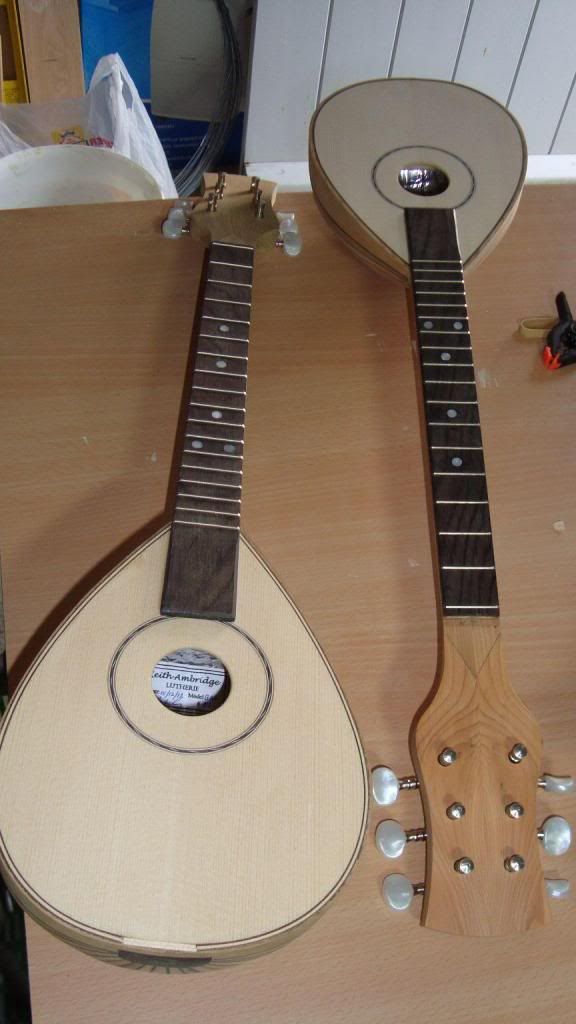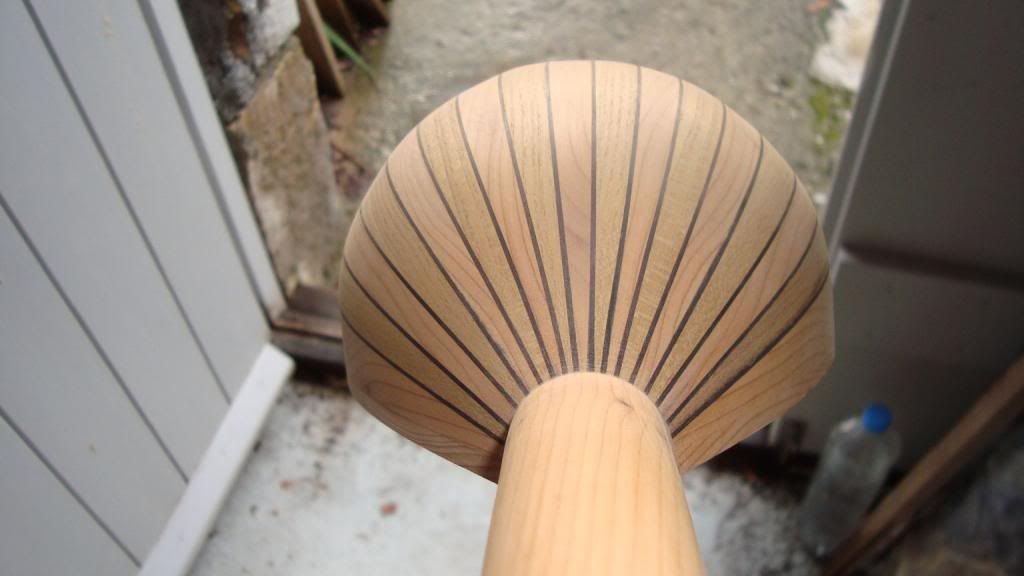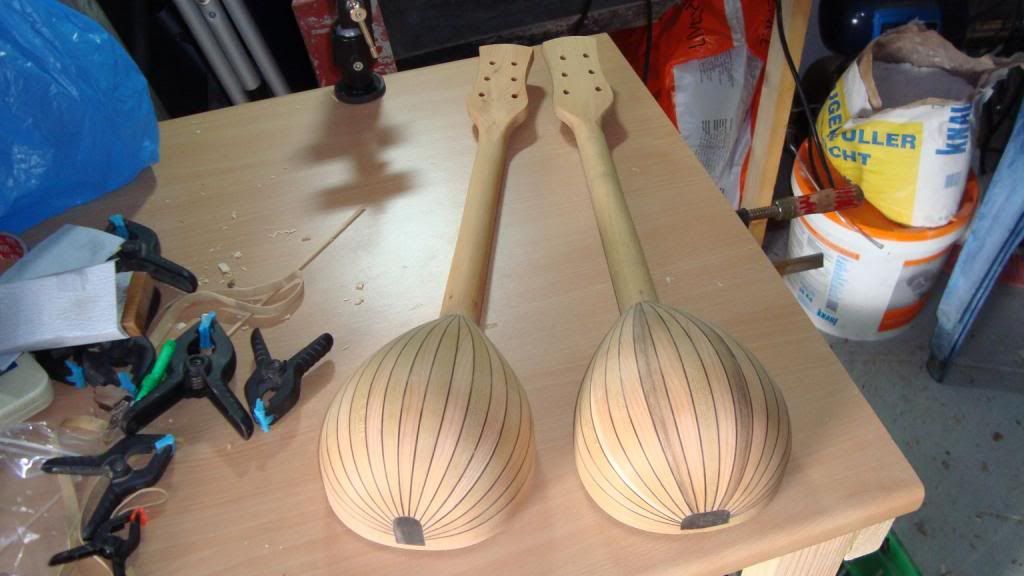I thought I would share with you my pair of Greek Baglamas.
A baglama is a half size bouzouki (around 35cm scale) but it is no toy!
I didn't find much info on here about building stave or bowl backed instruments so I thought my experience may help others.
I made a pair because I thought it wouldn't take much mor effort than making one.
They are twins but not identicle, both bowls (skafos) are mulberry and yew staves with Indian rosewood strips. One has a mulberry neck and the other a yew neck. Both soudboards are the same.
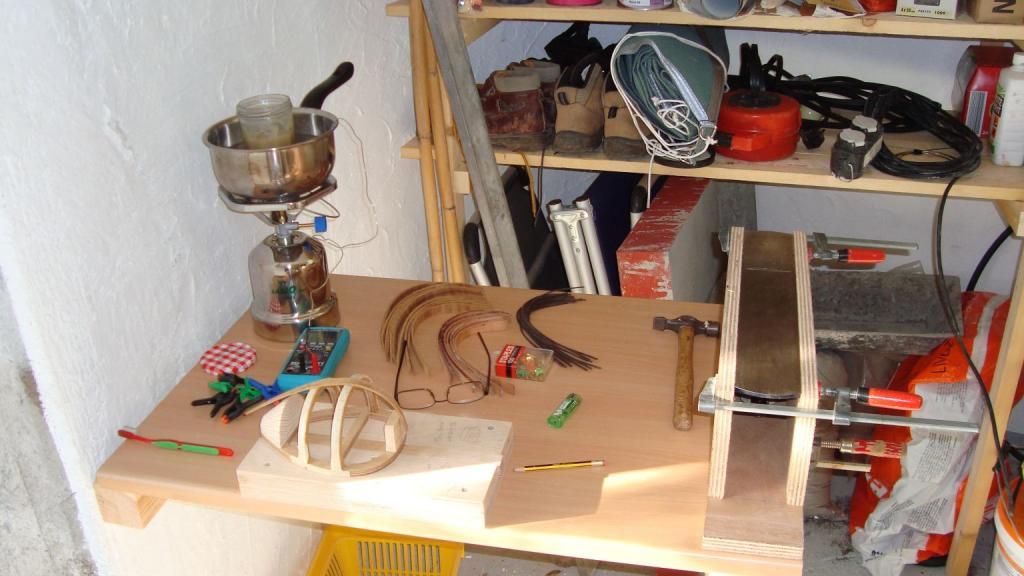
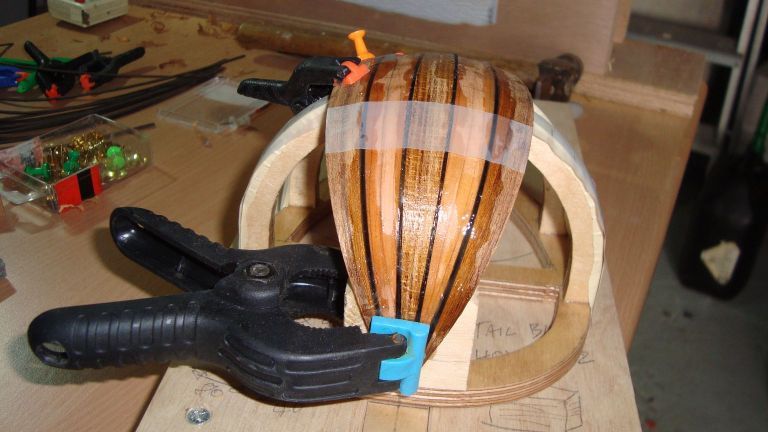
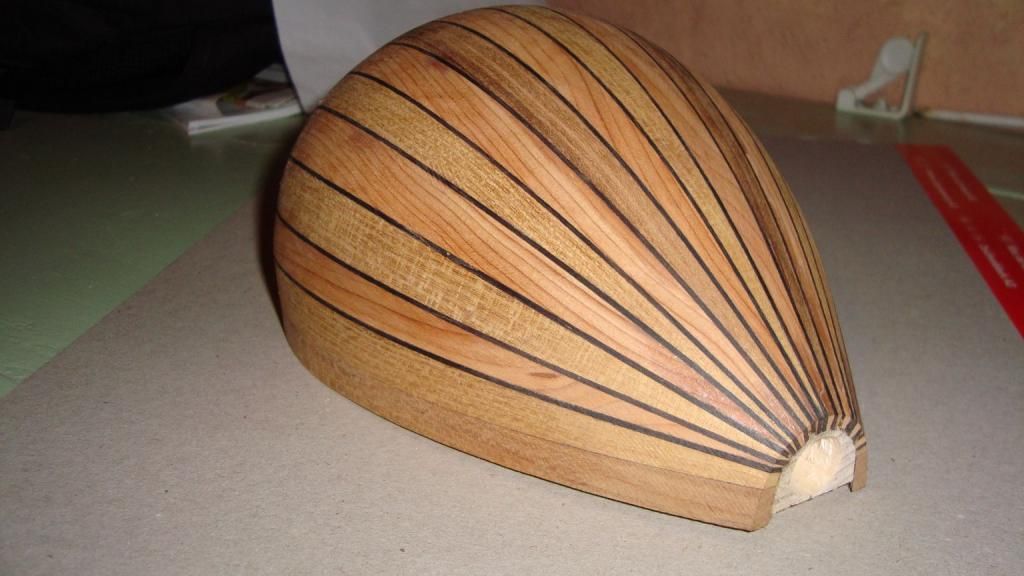
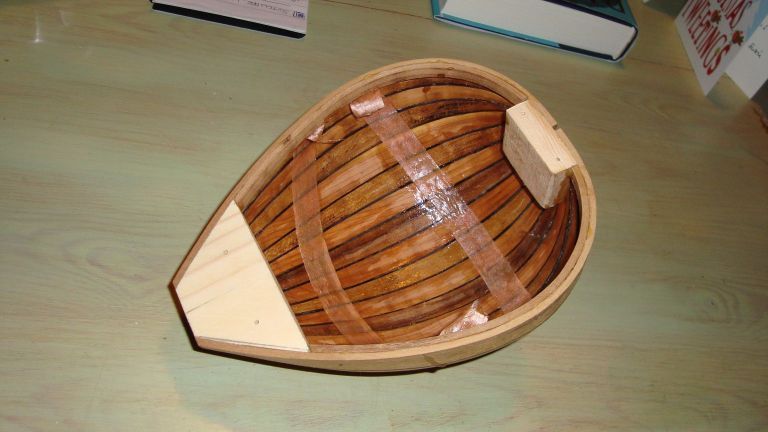
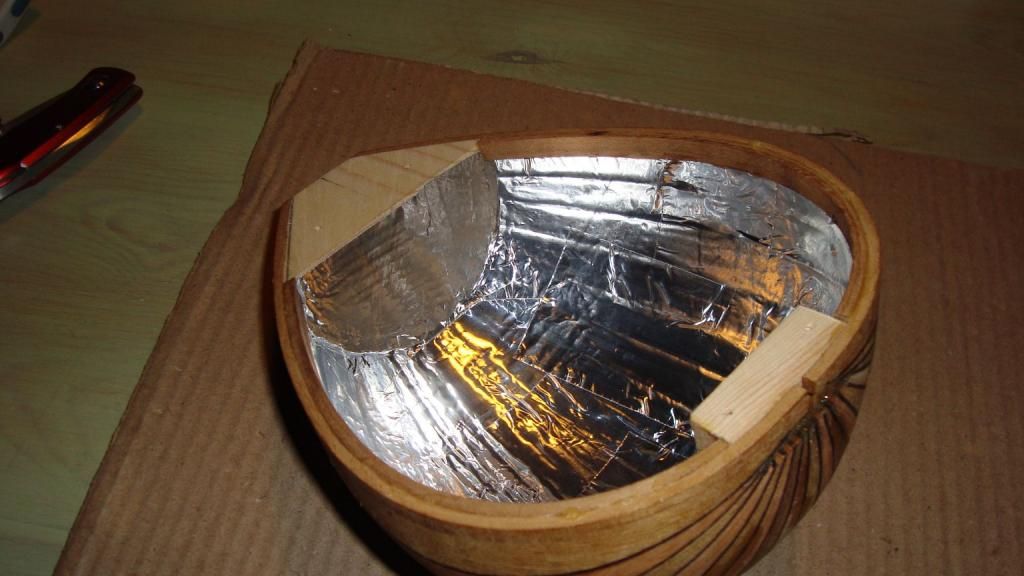
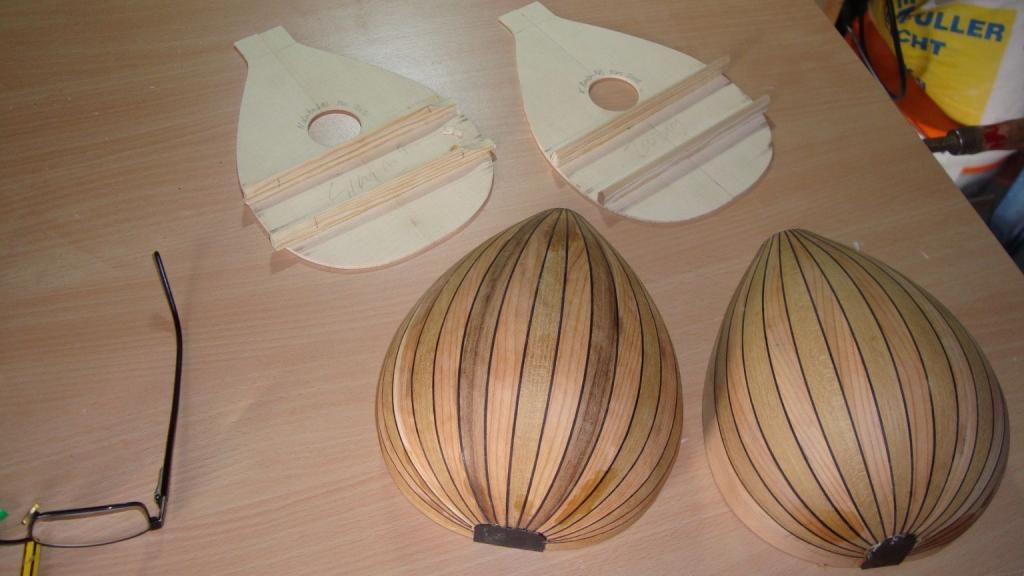
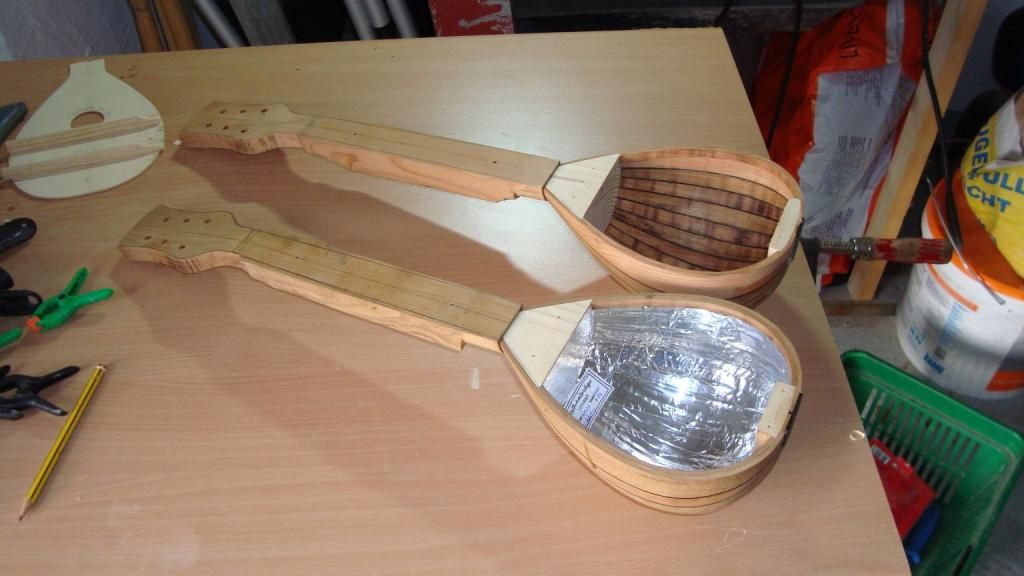

This is as far as I've got for now, I was hoping that one would be ready as a Christmas gift but alas I ran out of workshop time so I guess it will have to be a birthday preasent!

